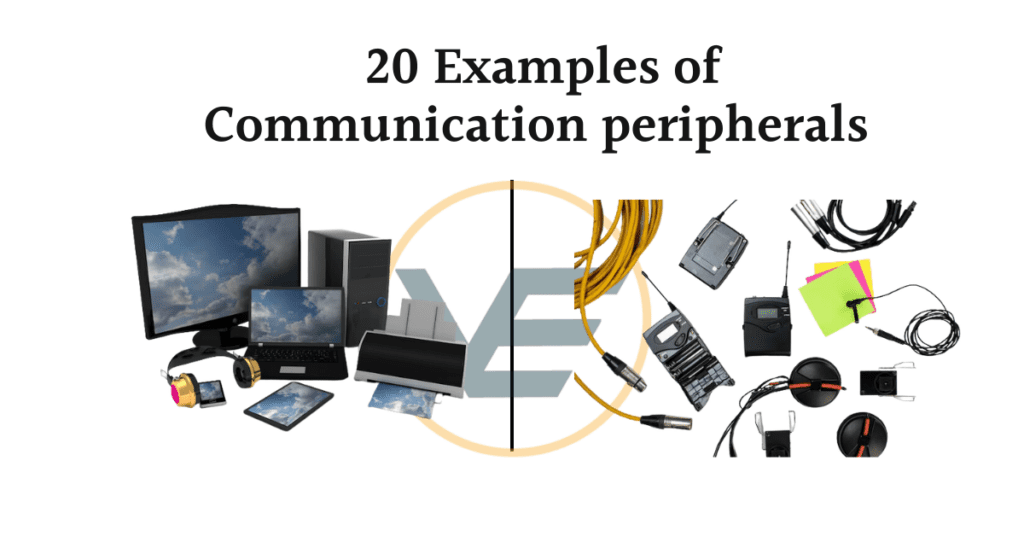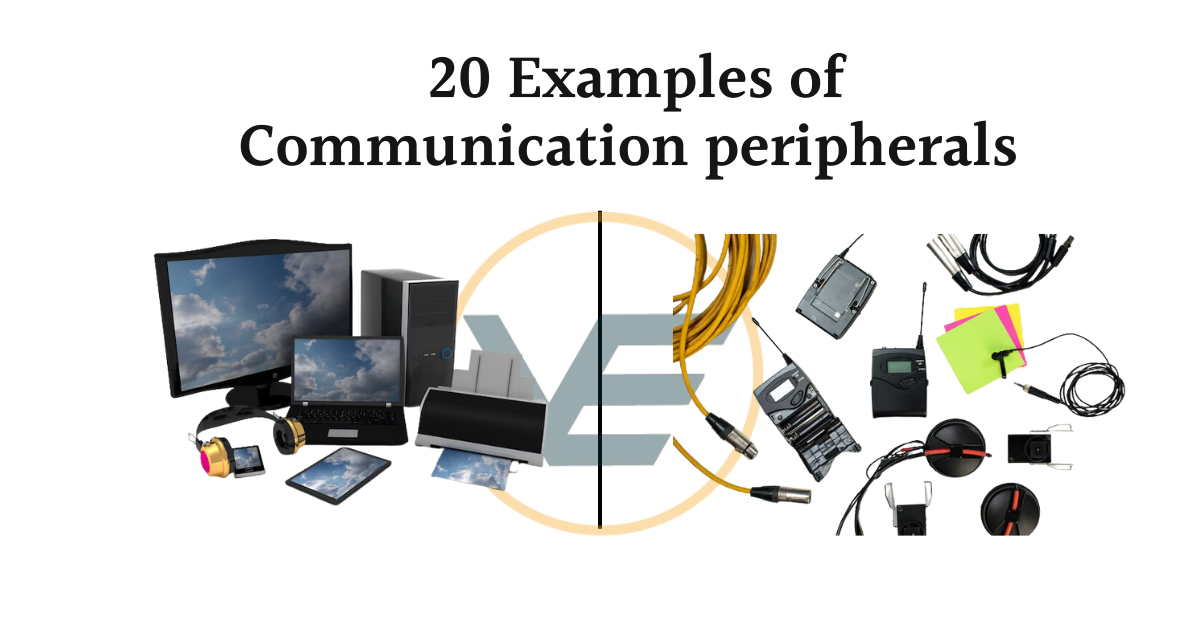Communication peripherals are essential devices that facilitate the exchange of information between a computer system and its external environment. These peripherals play a crucial role in enabling communication and interaction with various input and output devices. They enhance the functionality and usability of computers, making them indispensable in both personal and professional settings.
Importance of communication peripherals
The importance of communication peripherals lies in their ability to enhance the functionality and usability of computers and other electronic devices. These peripherals facilitate seamless communication between the user and the machine, enabling efficient input and output operations. Here are some key reasons why communication peripherals are essential:
1. User Interaction: Communication peripherals, such as keyboards and mice, enable users to interact with computers and electronic devices easily. They provide intuitive and familiar methods for inputting data, navigating interfaces, and controlling various functions.
2. Productivity and Efficiency: Efficient communication peripherals, like ergonomic keyboards and precise mice, contribute to increased productivity by reducing user fatigue and allowing faster data input and navigation.
3. Multimedia Experience: Audio and video peripherals, including speakers, webcams, and microphones, enhance the multimedia experience. They enable video conferencing, voice chat, and high-quality audio output for entertainment and communication purposes.
4. Accessibility and Inclusivity: Communication peripherals can be designed to cater to diverse needs, such as adaptive keyboards for users with physical disabilities or voice recognition software for individuals with limited mobility. These peripherals promote inclusivity and accessibility in technology.
5. Creative Expression: Graphics tablets and styluses offer a more natural and precise way for artists and designers to express their creativity digitally. They allow for accurate drawings and graphic design work.

20 Examples of Communication peripherals
- Keyboard: The primary input device for typing text and commands into a computer.
- Mouse: A pointing device used to control the cursor on the computer screen.
- Monitor: Displays computer-generated images and information to the user.
- Printer: Produces physical copies of documents and images from a computer.
- Webcam: Captures video and audio for video conferencing and online communication.
- Microphone: Records audio and enables voice communication in applications like voice chat and video calls.
- Speakers: Output audio for various multimedia applications and communication.
- Headset: Combines headphones and a microphone for hands-free communication and multimedia use.
- Touchscreen: A display that can detect and respond to touch input, eliminating the need for a mouse or keyboard.
- Scanner: Converts physical documents and images into digital formats for storage and sharing.
- Graphics Tablet: Allows users to draw and input graphics directly into a computer using a stylus or pen.
- Joystick: Used primarily for gaming and flight simulation, providing precise control in three-dimensional space.
- Barcode Reader: Scans barcodes on products and documents to input data into the computer.
- Card Reader: Reads data from various memory cards, such as SD cards, for data transfer and storage.
- Biometric Devices: Uses fingerprint or facial recognition for secure authentication and access control.
- Modem: Facilitates communication between a computer and the internet over telephone lines.
- Network Interface Card (NIC): Enables a computer to connect to a network for data exchange and internet access.
- Bluetooth Adapter: Allows wireless communication between devices within a short range.
- Wi-Fi Adapter: Enables wireless internet connectivity by connecting to Wi-Fi networks.
- External Hard Drive: Provides additional storage space and data backup for the computer.
Overall, communication peripherals play a crucial role in modern technology by bridging the gap between users and machines. They make computing more accessible, efficient, and enjoyable, empowering users to accomplish various tasks and enabling seamless communication in today’s connected world.

